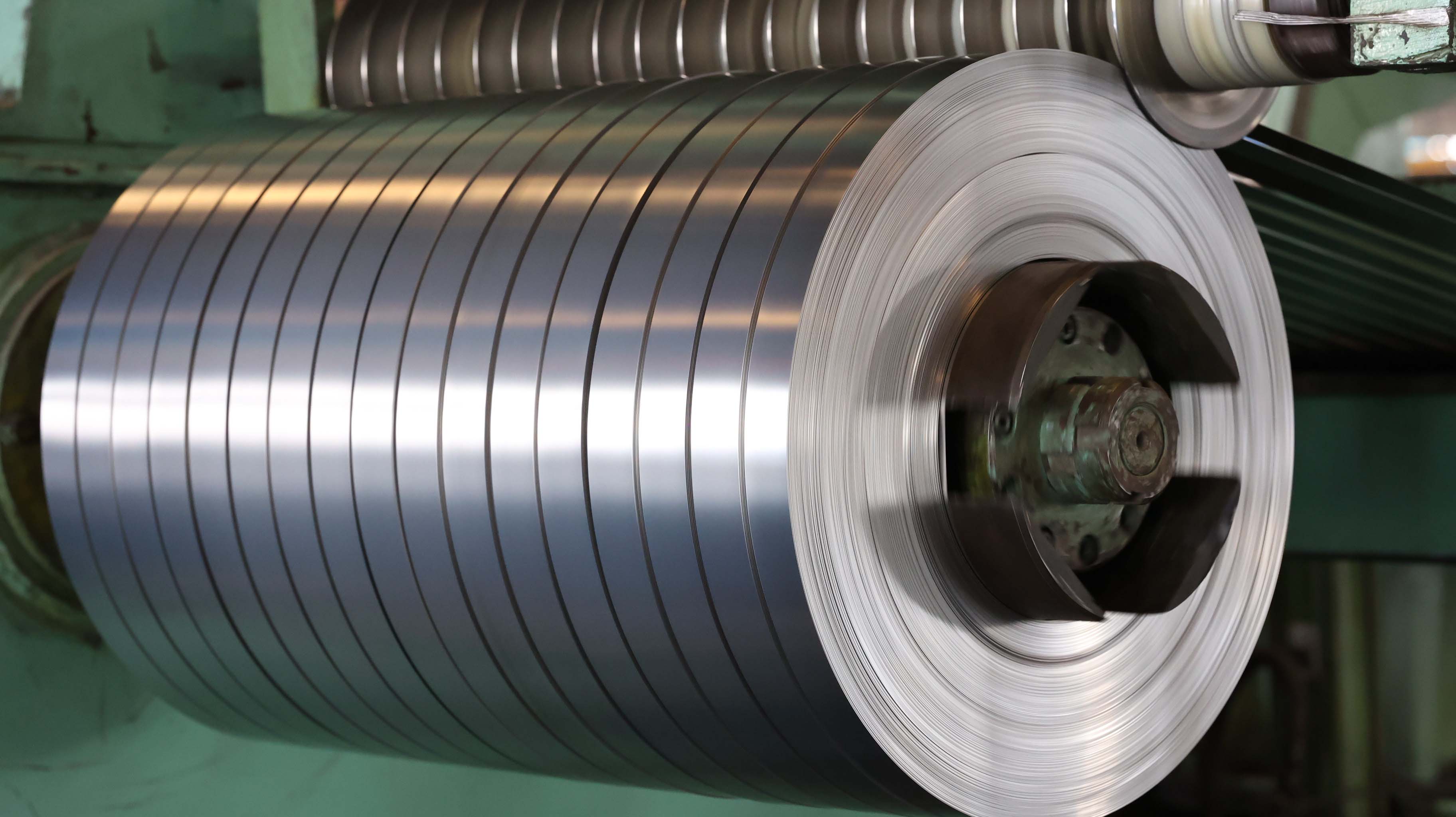- Phone:+86-17331948172 +86-0319-8862898
- E-mail: inquiry@puxingclamp.com
Dec . 05, 2024 06:03 Back to list
Top Manufacturers of High Carbon Steel Strips for Industrial Applications
Understanding High Carbon Steel Strip Manufacturing
High carbon steel, known for its robustness and hardness, is a crucial material in various industries, including automotive, construction, and manufacturing. High carbon steel strips, which are produced from steel with a carbon content typically ranging from 0.6% to 1.4%, are particularly desirable for applications that require strength, wear resistance, and durability. The manufacturing process is critical in determining the steel strip’s final properties, making it essential to understand the techniques and factors involved in high carbon steel strip manufacturing.
The Importance of High Carbon Steel Strips
High carbon steel strips are extensively used for making blades, springs, and high-strength components in machinery due to their excellent tensile strength and resistance to deformation. Their ability to retain sharp edges makes them ideal for cutting tools, while their toughness supports applications requiring resistance to wear and fatigue. Furthermore, these strips can be tempered and hardened through heat treatment processes, enhancing their performance even further.
Manufacturing Process Overview
The manufacturing of high carbon steel strips involves several key steps, beginning with the selection of raw materials. The process typically starts with the melting of scrap steel and iron in an electric arc furnace. Additions of high-purity carbon, manganese, and other alloying elements help achieve the desired chemical composition. This molten steel is cast into slabs or billets, which are then subjected to hot rolling.
1. Hot Rolling The initial process of hot rolling involves heating the slabs to a temperature of approximately 1,200°C (2,192°F) to create a plastic state. The material is then passed through a series of rollers to reduce its thickness and shape it into strips. The hot rolling process improves the mechanical properties by refining the grain structure of the steel.
2. Cold Rolling Once the hot-rolled strip has cooled, it can undergo cold rolling. This process is performed at room temperature and helps achieve tighter tolerances, smoother finishes, and improved mechanical properties. The cold-rolling technique involves passing the strips through rollers, which further reduces the thickness and enhances the tensile strength of the material.
high carbon steel strip manufacturer

3. Heat Treatment After rolling, the strips may undergo various heat treatment processes, such as quenching and tempering. These treatments are critical in determining the hardness and ductility of high carbon steel. Quenching involves rapidly cooling the hot strip in a liquid medium, while tempering is performed to relieve stresses and reduce brittleness, allowing for better performance in practical applications.
4. Surface Treatment To enhance corrosion resistance and improve surface properties, high carbon steel strips often undergo treatments such as annealing and galvanizing. Annealing helps to reduce internal stresses and improve machinability, while galvanizing provides a protective zinc coating to mitigate rust and corrosion.
5. Quality Control Throughout the manufacturing process, rigorous quality control measures are implemented to ensure the steel strips meet industry standards. This includes testing for tensile strength, hardness, and surface imperfections. Advanced inspection techniques, such as non-destructive testing, are used to ensure the integrity of the product.
Applications and Future Trends
High carbon steel strips find applications across various sectors. In the automotive industry, they are used in the production of suspension systems and steering components. In construction, high carbon steel strips serve as reinforcements in beams and columns, providing necessary strength and durability.
Looking ahead, manufacturers are continuously seeking innovations to enhance production efficiency and reduce environmental impact. The adoption of advanced technologies such as automation and artificial intelligence in the manufacturing process can lead to improved quality control and reduced waste. Furthermore, sustainable practices, including the recycling of scrap steel, are becoming increasingly vital as industries move toward more eco-friendly production methods.
Conclusion
The manufacturing of high carbon steel strips is a complex process that plays a pivotal role in numerous industrial applications. As demand for high-performance materials continues to grow, understanding the intricacies of this production process will be essential for manufacturers aiming to remain competitive in the global market. With advancements in technology and a focus on sustainability, the future of high carbon steel strip manufacturing looks promising, ensuring its continued relevance in various industries.
-
Premium 201 Stainless Steel Strip - Durable & Cost-Effective
NewsAug.23,2025
-
Precision High Quality Stainless Steel Strip Coils & Rolls
NewsAug.22,2025
-
Durable Adjustable Hose Clamps for Pipes & Radiators
NewsAug.21,2025
-
Heavy Duty Hose Clamps: Premium Stainless Steel & Adjustable
NewsAug.19,2025
-
Large Stainless Steel Adjustable American Type Hose Clamp - Hebei Pux Alloy Technology Co., Ltd
NewsAug.18,2025
-
Large Stainless Steel Adjustable Hose Clamp - Hebei Pux Alloy|Durable Corrosion Resistance&Adjustable Design
NewsAug.18,2025




